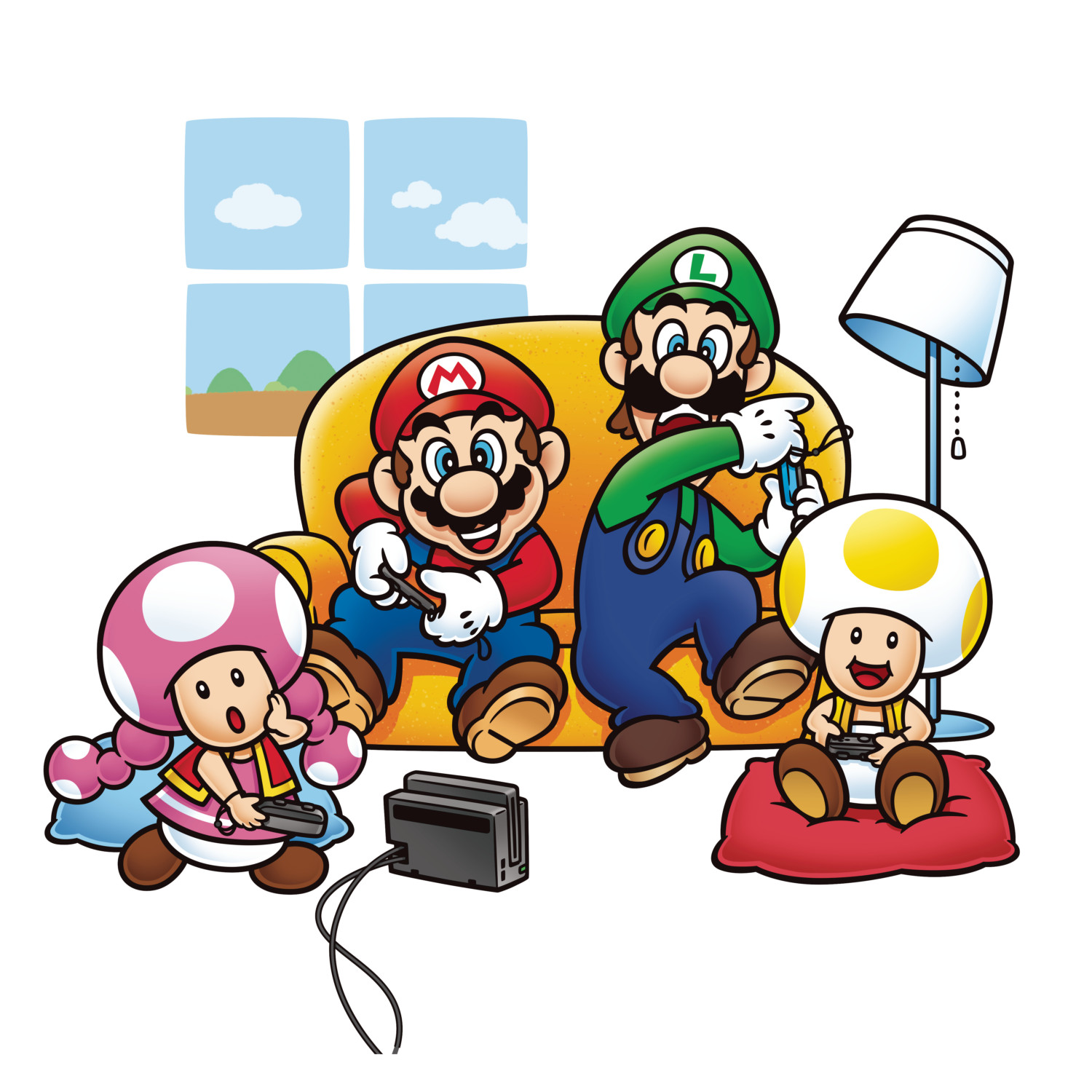
Nintendo Switch 2 Motherboard Reverse Engineered, SoC Is A Mix Of 8nm And 10nm
The Nintendo Switch 2 motherboard has been acquired and reversed engineered by Chinese YouTuber Geekerwan, one month ahead of the system’s launch.
According to Geekerwan, the motherboard was acquired for 1000RMB (USD139) in China, after realizing that it looks identical to the motherboard that leaked in 2024.
Here are some details about the motherboard’s components:
- The Switch 2 motherboard is much larger than the Switch motherboard. Unlike the Switch motherboard, the Game Card slot is directly integrated into the Switch 2 motherboard
- Motherboard contains a Hynix 256G UFS 3.1 storage chip, as well as MediaTek Wi-Fi Bluetooth chip, and Little Crab audio chip
- The SoC (system-on-chip) has a power supply of 34.4W
A technical analysis performed by a laboratory revealed that the motherboard was manufactured on the 36th week of 2024 (early September 2024).
And now onto the SoC, which has been rumored to be a Tegra T239 for many years. It’s been confirmed that the SoC is a customized Tegra T239. In terms of surface area, the Switch 2 SoC takes up 207 mm2 of space, much larger than the Switch’s 100mm2 (first generation model) and 118mm2 (improved battery life second generation model) respectively. It is slightly larger than the GA107 in the RTX 3050 Ti.
It’s also been confirmed that the SoC was manufactured by Korean conglomerate Samsung and packaged in Taiwan. The SoC in the video was manufactured in the 21st week of 2024 (late May 2024). It also seems that the SoC was taped out in 2021, 4 years before the Switch 2 launch, which gives credence to rumors suggesting that the Switch 2 was supposed to be released earlier but was pushed back for software reasons.
A deep analysis of the SoC also confirmed that the SoC uses a mix of 8nm and 10nm nodes, with 10nm nodes making up five components and 8nm nodes making up two components. However, Geekerwan suggests that this wouldn’t impact performance as both nodes technically the same.
You can read more about how the Switch 2’s performance stacks up against the Steam Deck and other consoles here, as well as a simulation of various third-party AAA games here.
What do you think? Let us know in the comments.
